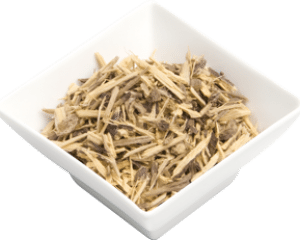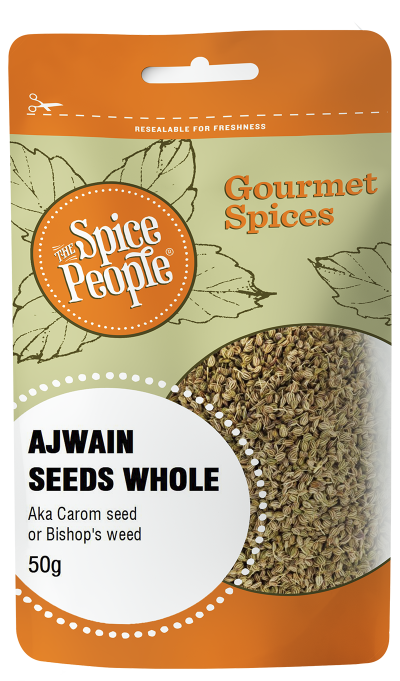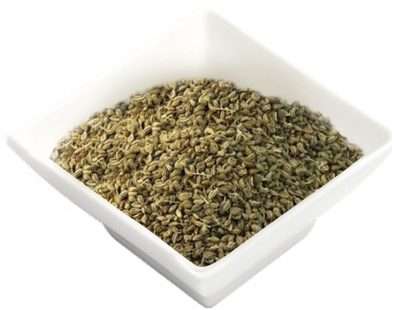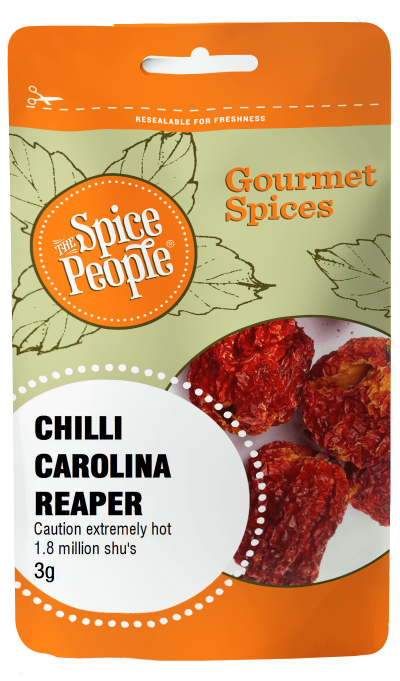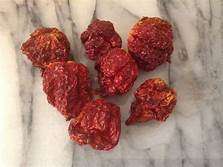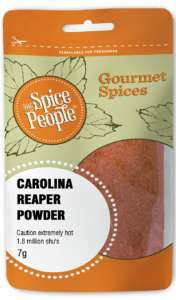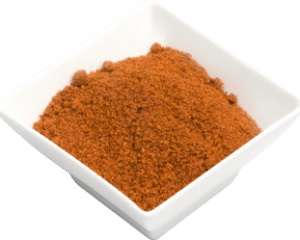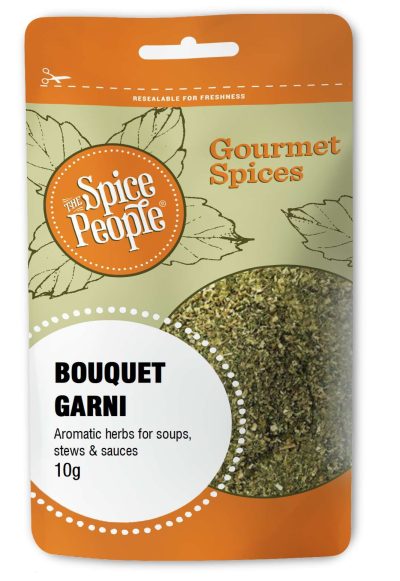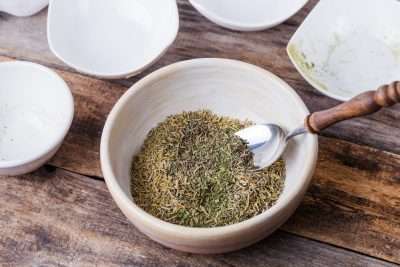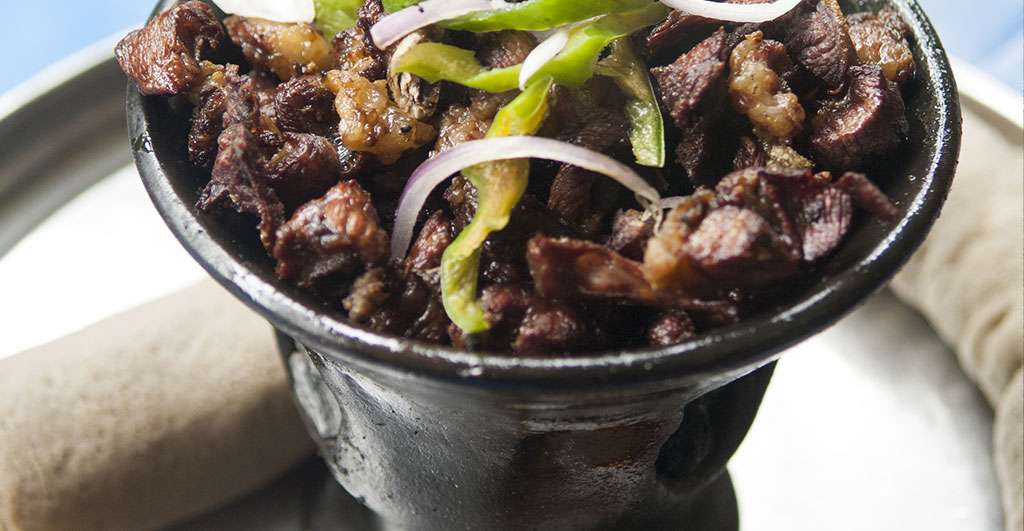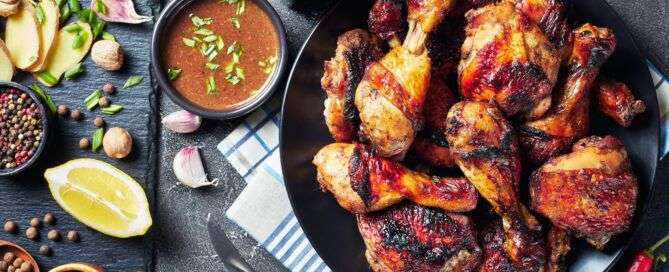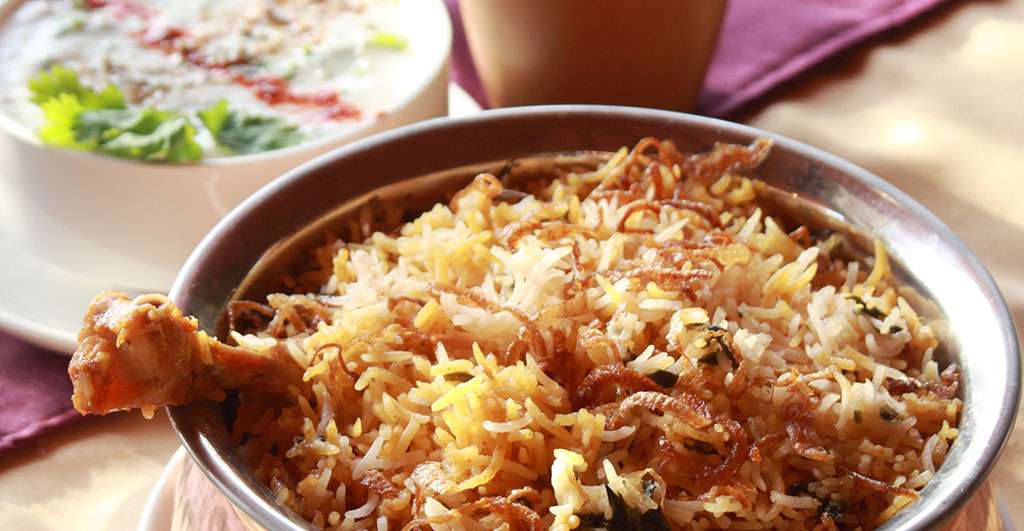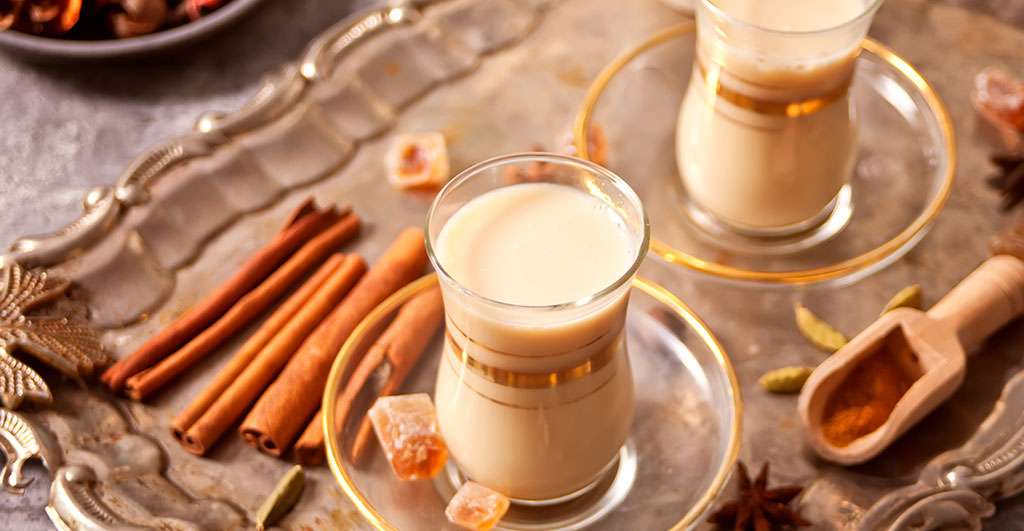Licorice Roots – 20g
18 in stock
Product description
Liquorice, a rhizome of a plant and ancient herb has a very sweet and anise flavour and considered a versatile ingredient. Liquorice is popular in Italy and Spain in its natural form as a mouth freshener. It is also excellent when combined with anise, vanilla and cinnamon to poach stone fruits. In Asian countries, it is often an ingredient in Chinese master stocks. Also, it is used due to its health and medicinal properties.
Flavour Notes:
With a sweet anise flavour, Licorice Root can be used in both sweet and savoury dishes as well as brewed in teas.
Culinary Notes:
Dried Licorice Root pairs perfectly with sweet flavours like vanilla and honey to add a depth of flavour. Bloom them in a warm pan before using or in hot water as part of a soothing herbal tea.
Health Benefits:
Licorice has anti-inflammatory properties and helps reduce gastric inflammation.
Ingredients:
100% dried Licorice Root
How to use
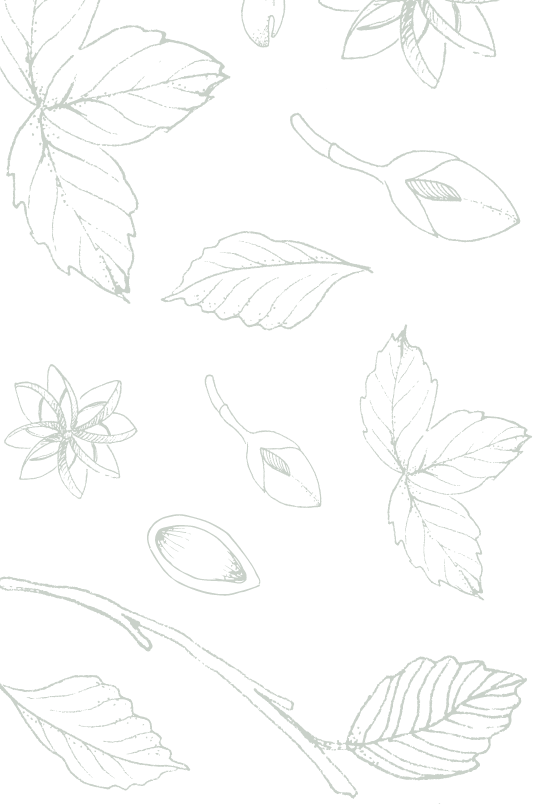
The Spice People FAQs


The Spice People FAQs
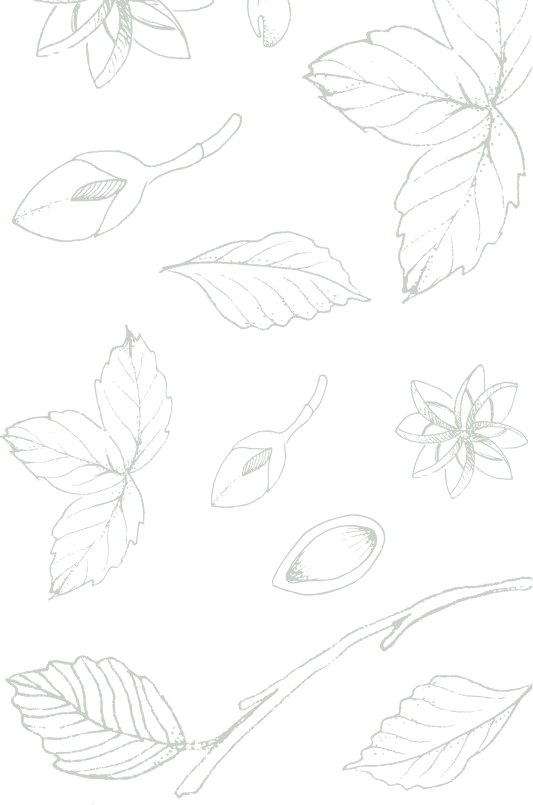
Other Spices you may like
Featured in



Join the Spice People to Get Started on Your Culinary Spice Journey!
Be the first to hear about our exclusive promotions, new product releases, recipes and more.

